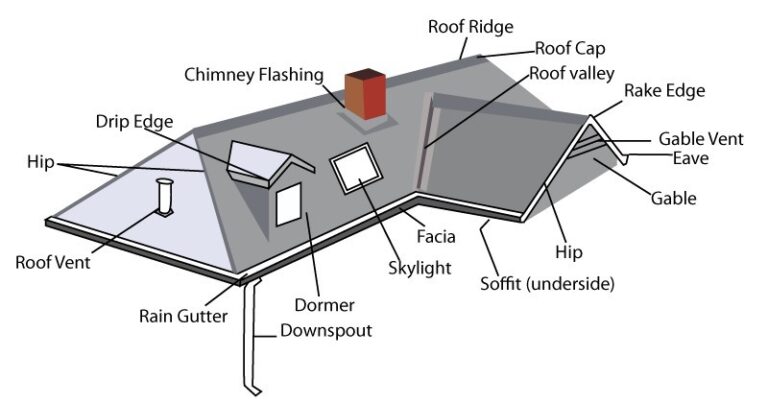16+ Types Of Birch Trees (With Pictures)
While the striking white to gray peeling barks of birch trees are well-known, these versatile trees offer more than just aesthetic value. Native to moist woodlands and colder climates, they can thrive in various landscapes when planted correctly. If you’re considering incorporating birch trees into your outdoor space, it’s essential to know which types will best suit your needs.
This article delves into the most notable birch tree species, providing valuable insights for those interested in learning more about these unique trees. From their characteristics and symbolism to identification and care tips, we’ll explore everything you need to know about birch trees.
Birch tree facts
Birch trees may be most famous for their distinctive bark, but they have many other fascinating facts hidden beneath the surface. Did you know that there are over 60 species of birches scattered across temperate climates worldwide? Their shallow root system makes them vulnerable to dry environments, and as a result, they tend to thrive in areas with moderate rainfall.
One notable aspect is their remarkable longevity – on average, birch trees live for about 50 years, although some varieties can reach ages of over 200 years. Unfortunately, the same attributes that make them so long-lived also contribute to their impact on human health: it’s estimated that 20% of hay fever cases in the northern hemisphere are triggered by birch tree pollen.
Furthermore, 11 species of birches have been listed as endangered since 2011, highlighting the importance of conservation efforts. In many cultures, birches hold significant cultural and spiritual value – for Native Americans, they provide sustenance, building materials, and more. And did you know that birch bark has been used as a writing surface dating back to ancient times?
The sap from these trees is also prized in China, Russia, and Europe for its use in crafting syrups, soaps, shampoos, and even cosmetics.
Birch tree symbolism
The birch tree’s rich history and cultural significance are reflected in its widespread appearance in ancient texts, myths, and symbolisms. Its storied past has woven a tapestry of meanings around this resilient species. In Native American culture, the birch tree serves as the central pillar of structures, embodying fruitful beginnings and representing home, shelter, and significant gatherings.
The Celts, too, have revered the birch, viewing it as a symbol of stability, renewal, and adaptability – attributes that allow it to thrive in harsh climates. As the centerpiece of the Beltane Festival, the birch tree holds a special place in Celtic folklore, often referred to as the ‘Lady of the Woods’ and tied to feminine energies, including fertility and nurturing qualities.
This sacred tree is also linked to powerful goddesses across cultures: Frigga and Freya from Norse mythology, Eostre from Anglo-Saxon tradition, and Venus from Roman mythology. In Siberia, the birch is believed to be the celestial ladder connecting heaven and earth, while in China, it represents rejuvenation and connection. Notably, the birch tree holds a special place in modern times as well: it’s the state tree of New Hampshire, national tree of Finland, Russia, and Sweden.
Birch tree identification
While the distinctive white and black striped bark is a hallmark of the birch tree, there are several other key characteristics to examine for accurate identification. Start by noting the shape and size of the leaves, typically elongated and 2-5 inches long. The twigs are often slender and brown with tiny blisters, giving them a rough texture. Additionally, look for clusters of small cones at the end of branches, each measuring about 1/4 inch in length.
Leaves
The unique characteristics of birch tree leaves include their shape, which can be either triangular or heart-shaped, depending on the species. Additionally, these leaves feature finely serrated margins and pointed tips, with a rounded base. They are arranged in an alternate pattern along the stem. As the seasons change, birch leaves transform into vibrant shades of yellow, orange, and red during autumn.
However, it’s worth noting that certain types of birch trees exhibit distinct differences in leaf morphology. For instance, gray birches tend to have triangular-shaped leaves, while river birches display a diamond shape. In contrast, white birches are characterized by more pronounced serrations on their leaves.
Bark
Birch trees boast an array of bark colors, including white or gray, bronze, brown, and silver tones. However, what truly sets these trees apart is their distinctive papery texture, which often peels into horizontal layers known as lenticels. This unique characteristic creates a striking visual display in winter gardens, making birch trees a popular choice for landscaping.
Flowers
Birch trees, both male and female, produce tiny flowers called catkins during either the summer or fall seasons. These small blooms emerge simultaneously with the tree’s foliage. Interestingly, the catkins on male birch trees tend to be approximately 2cm longer than those found on their female counterparts.
Types of birch trees
In the northern hemisphere, a staggering 60 types of birch trees have been identified. While all these varieties have unique characteristics, some stand out for their versatility and widespread use in landscaping, woodworking, and even wildlife conservation efforts. As we delve into the world of birch trees, let’s take a closer look at the most popular species that are making waves in these industries.
Bog Birch (Betula pumila)
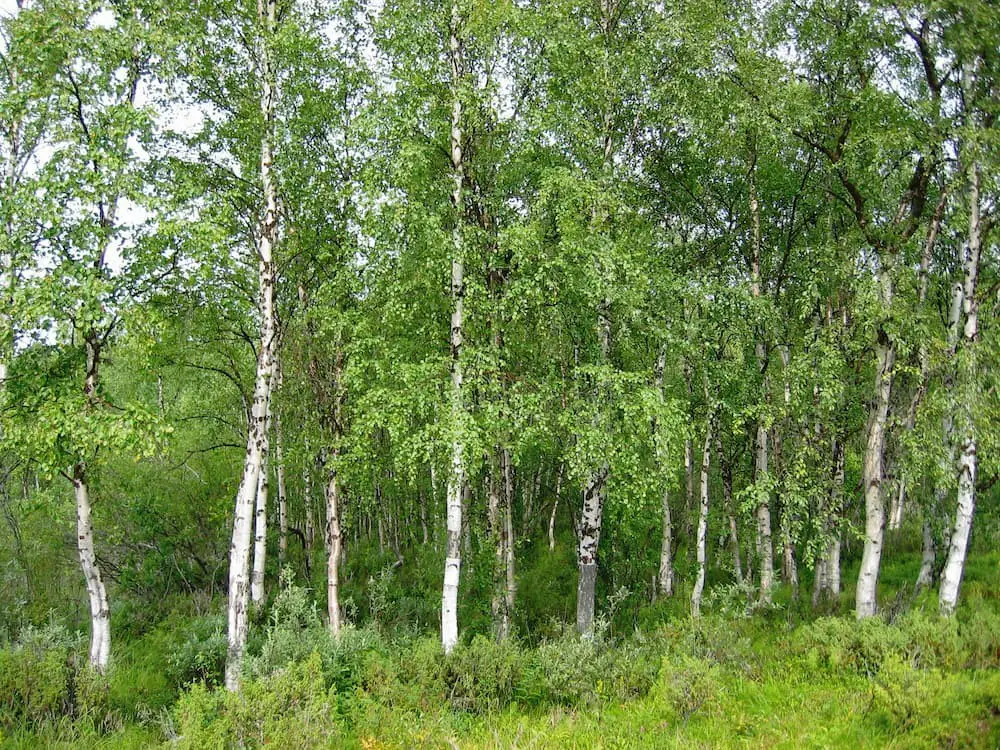
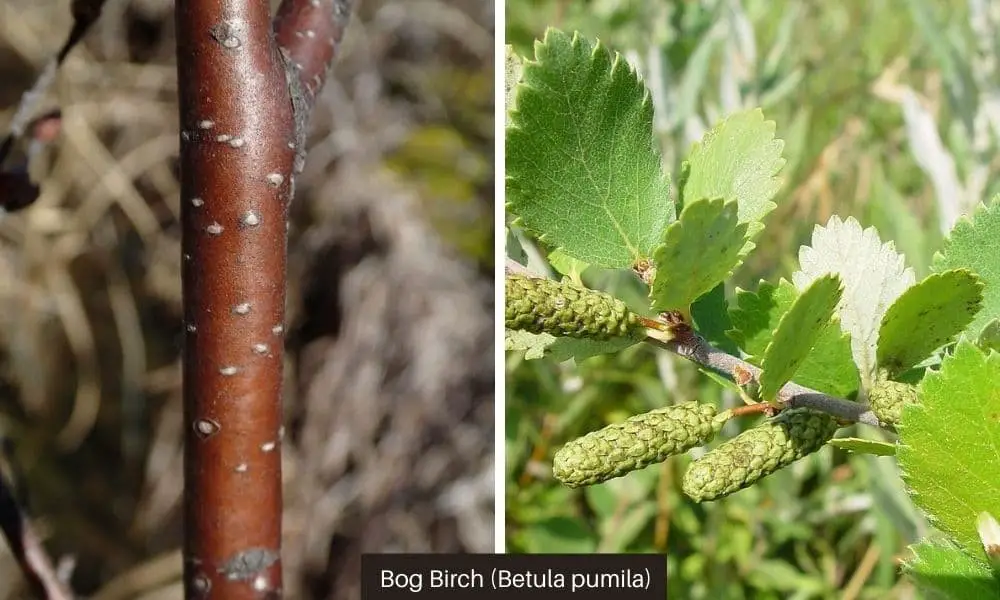
The Swamp Birch’s unique ability to flourish in the company of streams, bogs, and swamps has earned it its colloquial name. Reaching heights of up to 13 feet, this remarkable tree grows in dense clumps, boasting woody stems and branches that give way to distinctive coral-like leaves with a striking reddish-orange hue during the fall season. Its adaptability to acidic and alkaline soils makes it an ideal candidate for incorporation into rain gardens, where its robust presence can be appreciated.
Cherry Birch or sweet birch (Betula lenta)
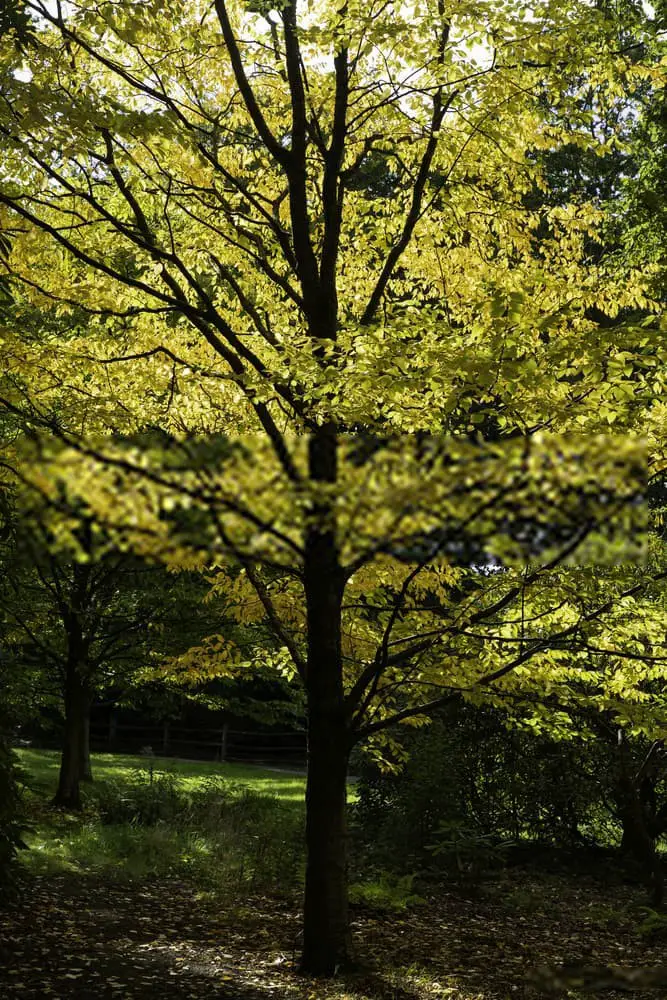
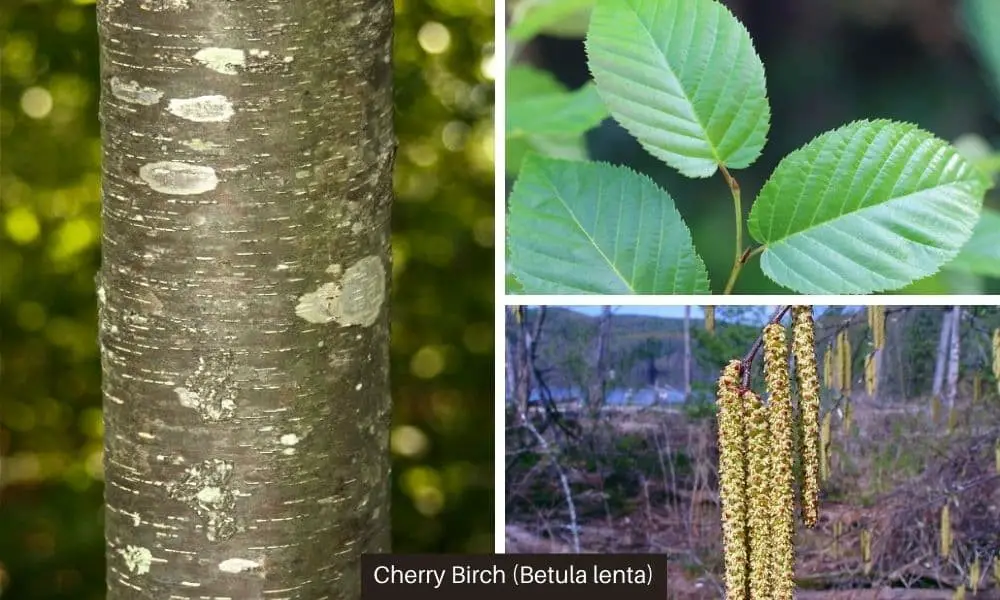
The black birch, also known as the spice birch or simply birch, boasts a range of desirable qualities that have earned it a special place in many environments. Its canopy can stretch up to 70 feet wide, providing ample shade beneath its darkening mahogany-like wood. The tree’s distinctive red-brown bark is characterized by scales similar to those found on the cherry tree, making it easily identifiable.
As a single-trunked species, birch grows ovate lime green leaves and produces white flowers in the summer, followed by small berries in the fall. Its robust disease resistance makes it an attractive choice for landscaping, while its fruits also attract wildlife and pollinators like butterflies. Additionally, birch sap is used to craft a unique beverage known as birch beer.
Chinese Red Birch (Betula Albosinensis)
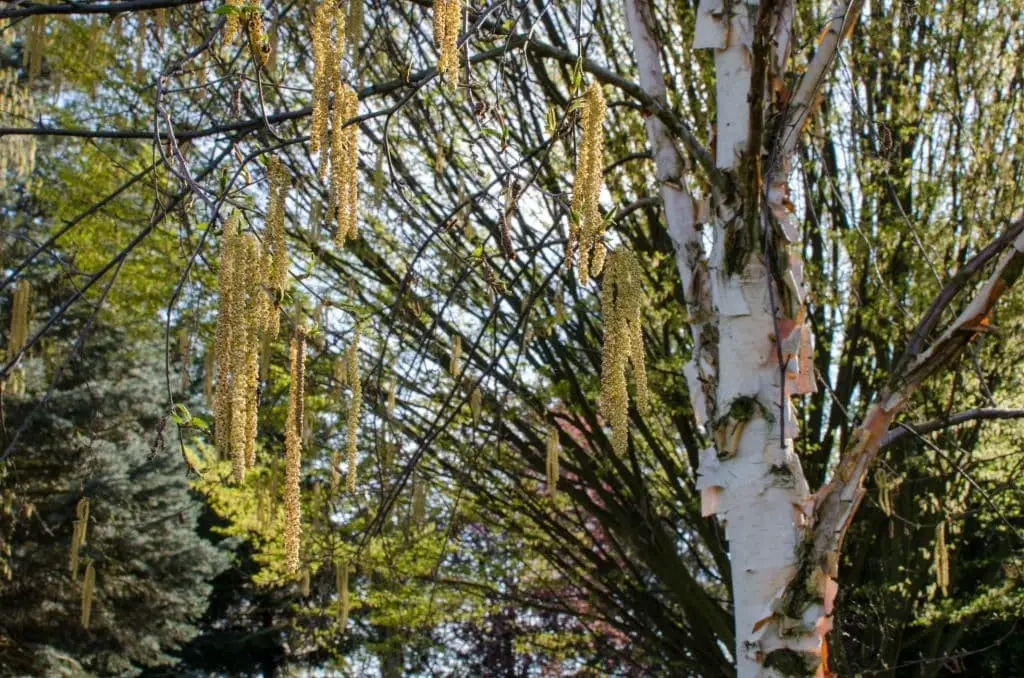
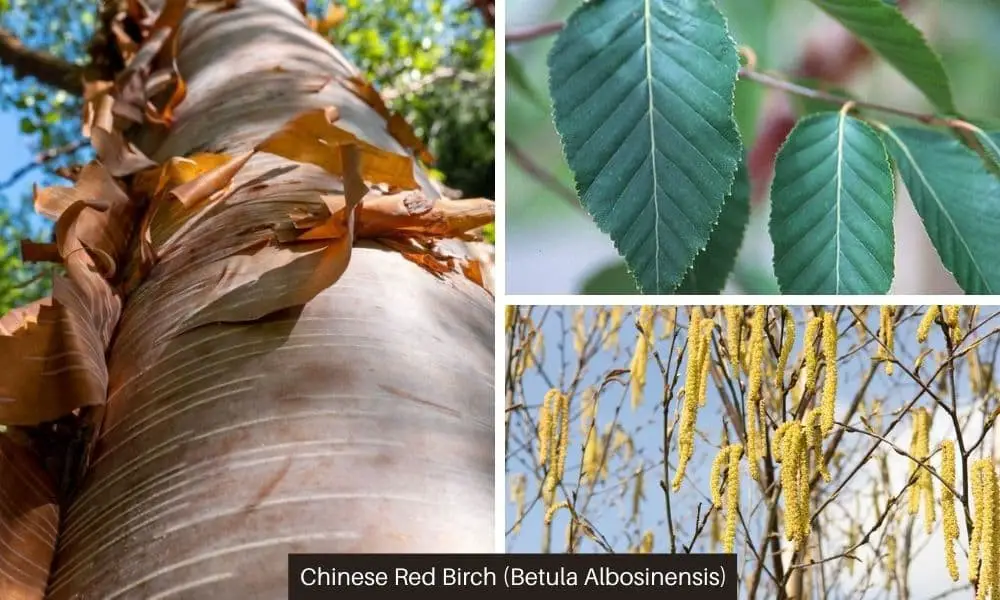
The Chinese Sweetgum (Liquidambar formosana) stands out for its unique red-brown bark that exfoliates into layers with white horizontal stripes. The leaves boast a distinctive matte texture and transition from yellow-green to vibrant yellow during autumn. Interestingly, this species is native to western China but has become increasingly rare over the years. Notably, it exhibits remarkable drought tolerance, growing up to 50 feet tall and spreading out to around 30 feet in width.
Downy Birch or white birch tree (Betula Pubescens)
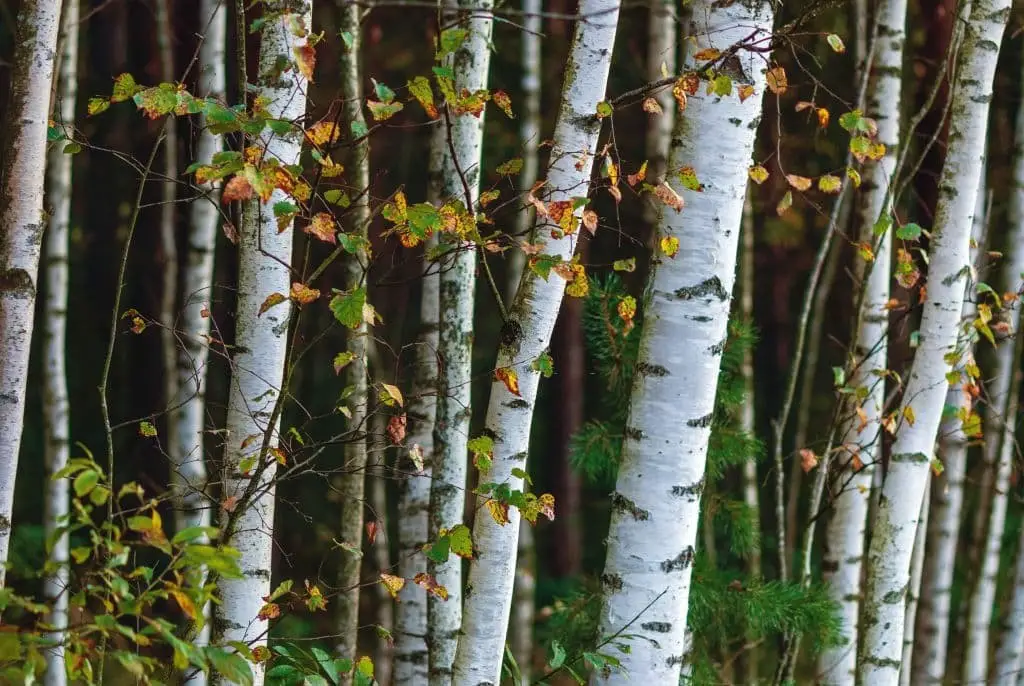
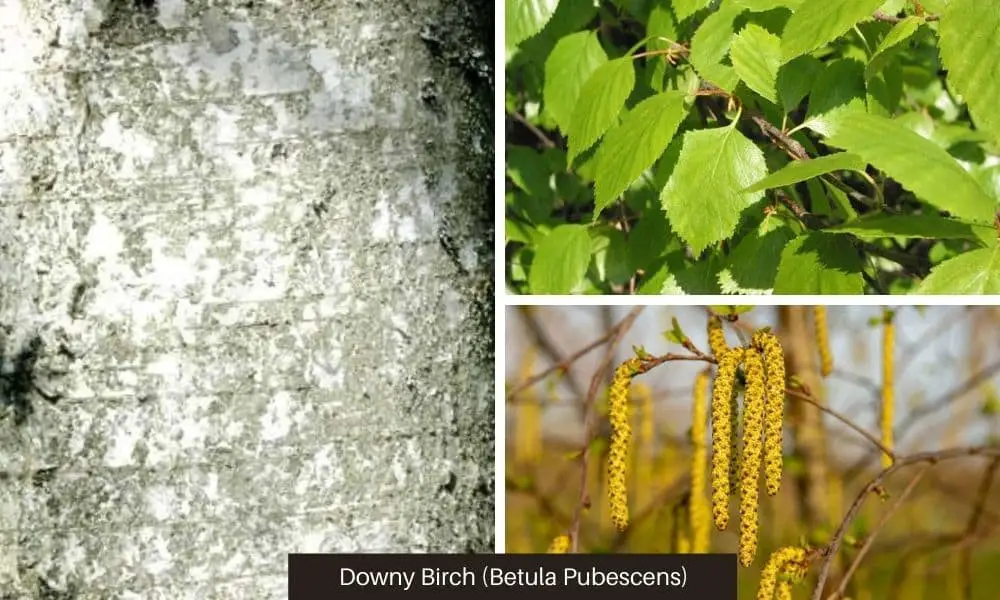
In the harsh, subarctic climates of Western Europe, Russia, and Iceland, the downy birch tree flourishes in its natural habitat. Reaching heights of 60 feet with a sprawling canopy spanning 40 feet, this hardy species is an indispensable part of the ecosystem. The tree’s unique bronze-brown bark holds a wealth of practical uses – it can be transformed into a fine powder to create traditional culinary delights, or dried and brewed as a natural diuretic and anti-inflammatory remedy.
Furthermore, its durable wood makes it an invaluable resource in carpentry and cabinetry. Interestingly, the birch gets its distinctive name from the soft, fuzzy overgrowth that covers its branches, giving it a downy appearance.
Dwarf Birch (Betula nana)
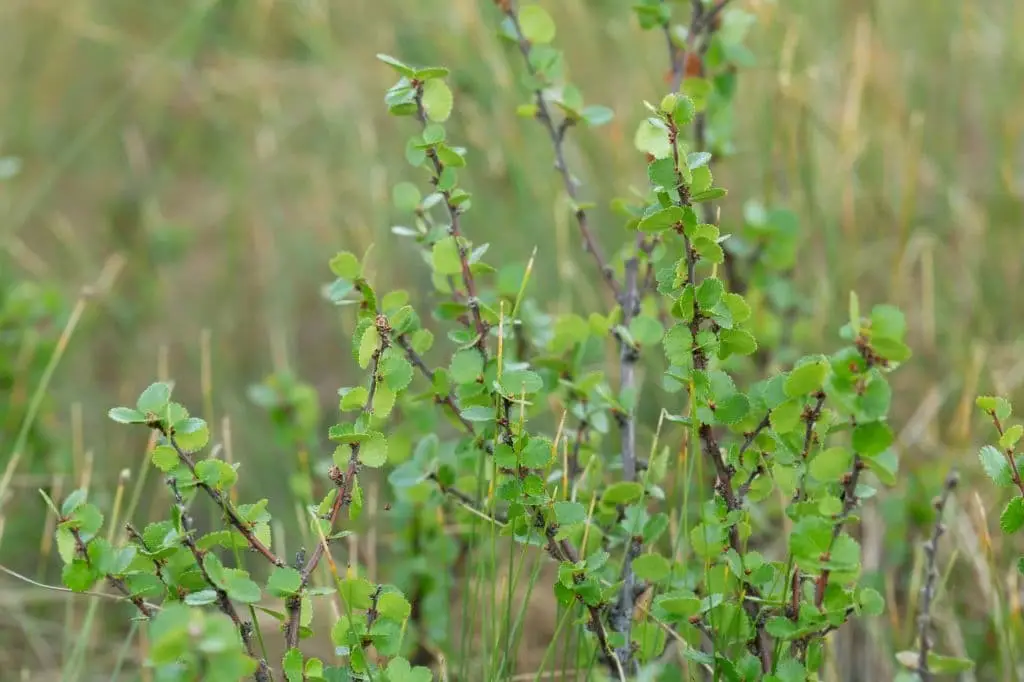
Rarely cultivated in landscapes due to its specific temperature requirements, this plant is well adapted to thrive in extremely cold climates. In fact, it’s often referred to as arctic birch, highlighting its crucial role in supporting vegetation in these harsh environments. Its stunted growth habit allows it to flourish between 6 inches and 3 feet tall, where it can tolerate the poor soil conditions that characterize rocky, acidic, and nutrient-poor substrates.
Characterized by woody stems and branching patterns, this plant’s dark green leaves are curved at their edges, creating a distinctive visual profile.
Erman’s Birch (Betula ermanii)
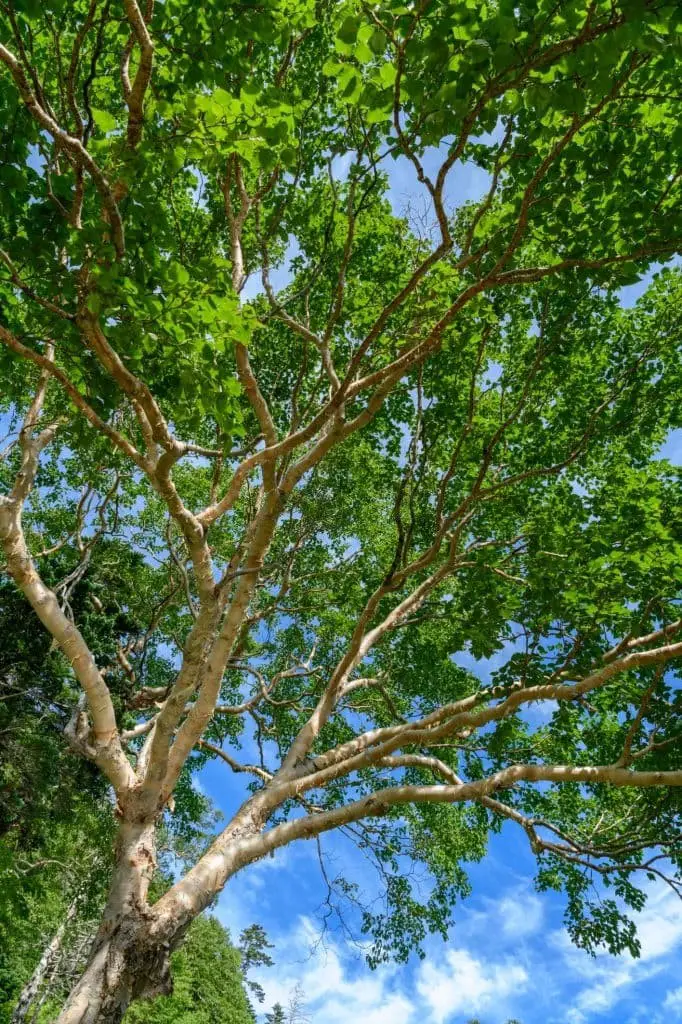
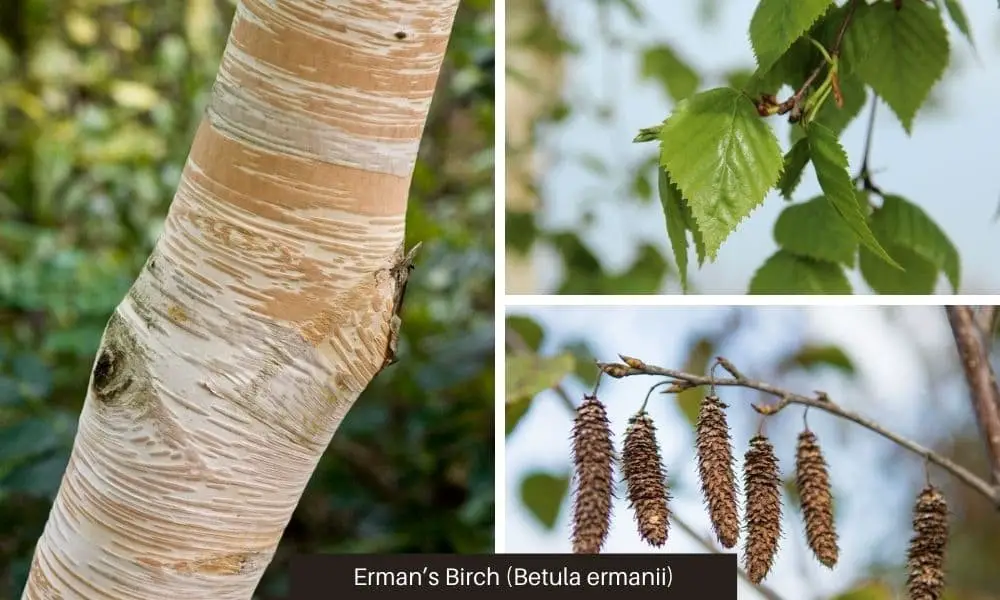
This birch tree is recognized by its unique copper brown bark, which exfoliates into layers of tan and cream tones, giving it a striking appearance. Reaching heights of up to 70ft, the tree takes on a conical shape as it matures, with a dense canopy composed of heart-shaped leaves that are typically deep green in most seasons. However, during autumn, the leaves transform into a vibrant yellow hue.
Its ability to provide significant shade cover makes it a popular choice for urban parks and also suitable for large-scale landscaping in residential areas.
Gray Birch (Betula Populifolia)
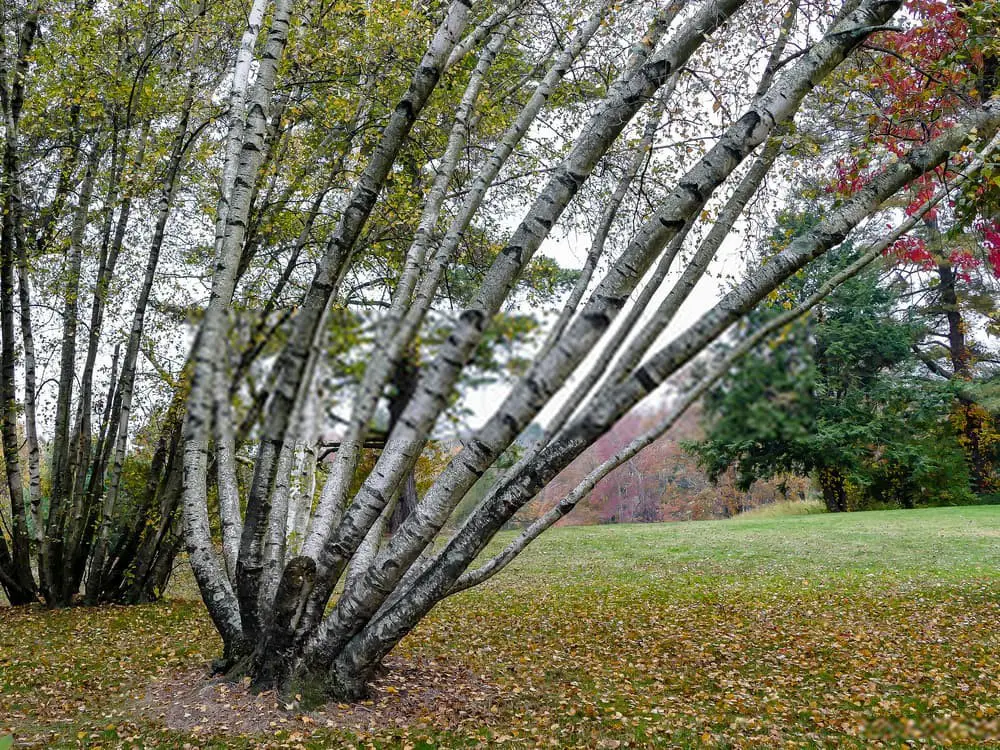
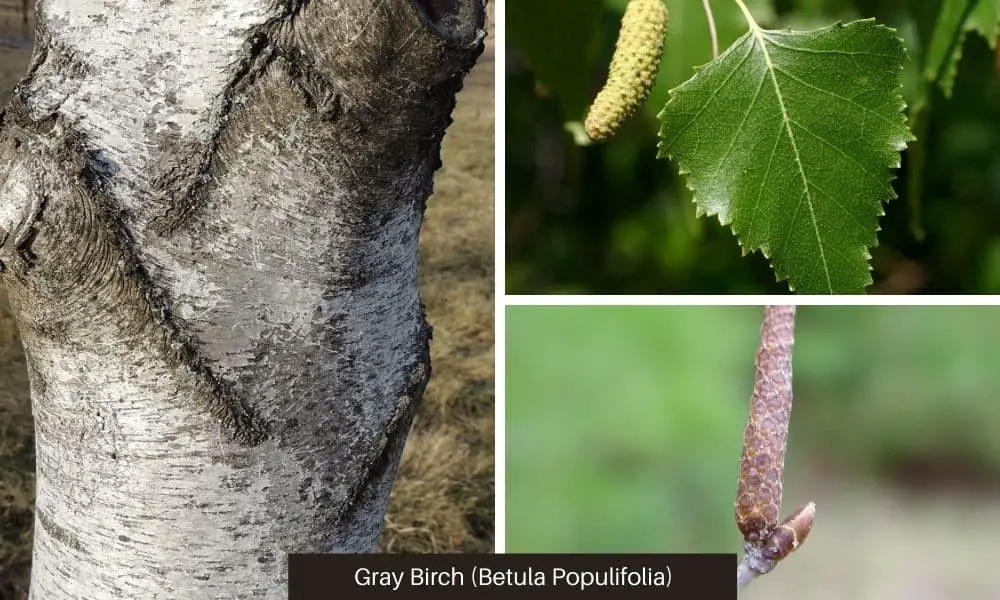
While not quite reaching tree stature, this plant’s unique features earn it a distinct identity. The grayish-white bark with prominent dark brown dents is its most striking characteristic, setting it apart from other shrubs and trees. As it thrives in moist soil conditions, multiple trunks begin to form, adding to its distinctive appearance. The foliage is equally impressive, comprising ovate, deep green leaves that are curved at the edges, giving them a delicate, airy texture.
With a maximum height of 20ft, this plant is well-suited for incorporation into residential landscapes. Furthermore, it can be pruned and conditioned to grow smaller, making it an ideal choice for those with more compact yards who still want to enjoy its unique features.
Himalayan Birch (Betula utilis var. jacquemontii)
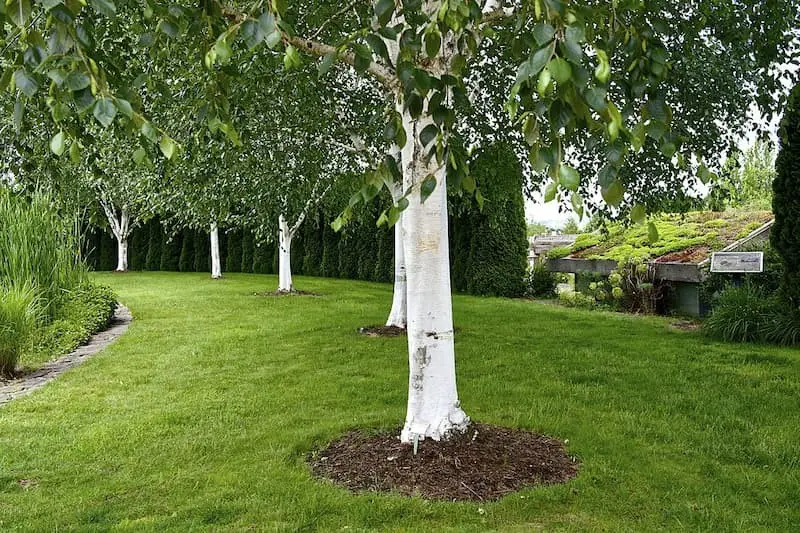
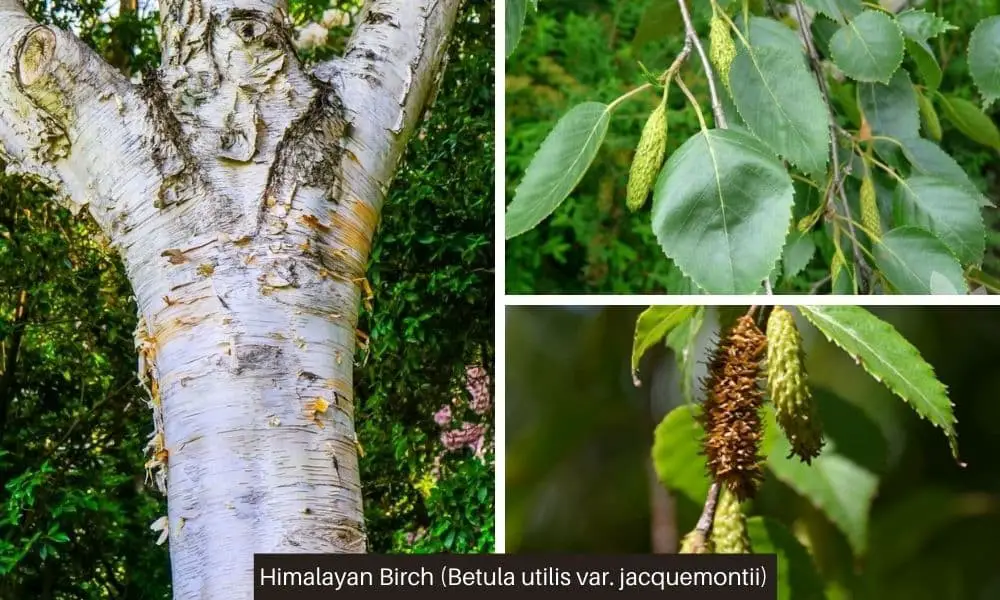
The Paper Birch, boasting an exceptional ornamental value, is characterized by its striking appearance. Its remarkable white bark, featuring a papery texture, is complemented by the vibrant yellow or green flowers that bloom during spring. The tree’s distinctive ovate leaves are distinguished by finely serrated edges, reminiscent of birch trees. Notably, this species grows from a single trunk into a medium-sized tree, thriving in cooler temperatures.
At maturity, it can reach up to 50ft in height and is native to the West Himalayas, where it flourishes in its natural habitat.
Japanese White Birch (Betula platyphylla ‘Japanica’)
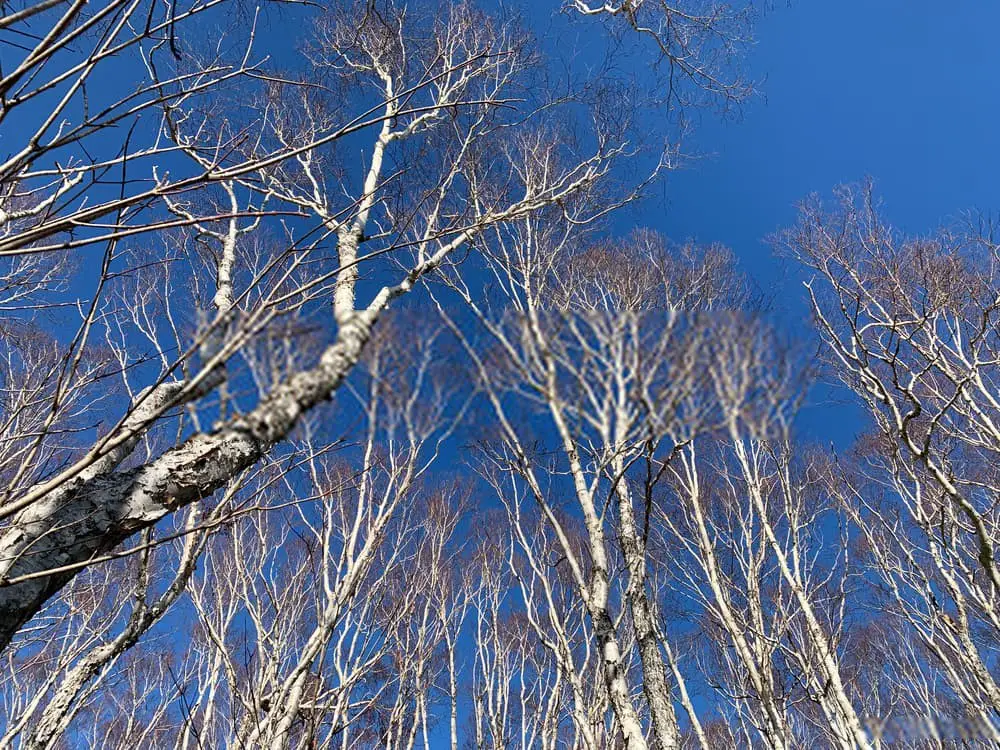
The Asian white birch, also known as Betula platyphylla, boasts a distinctive appearance with its long, woody branches and numerous drooping branchlets. Its most striking feature is its slender trunk adorned with white bark featuring dark scales. This deciduous tree thrives in environments with moist soil conditions, such as wetlands, sandy shores, or rocky outcroppings.
Typically growing between 40-50 feet tall, it has a natural affinity for cooler climates, making it an excellent choice for northern landscapes. While it can tolerate warmer temperatures, planting this birch species in regions with high heat indices may compromise its health, rendering it vulnerable to the borer’s disease. As such, careful consideration should be given to its placement in these environments.
Paper Bark Birch (Betula papyrifera)
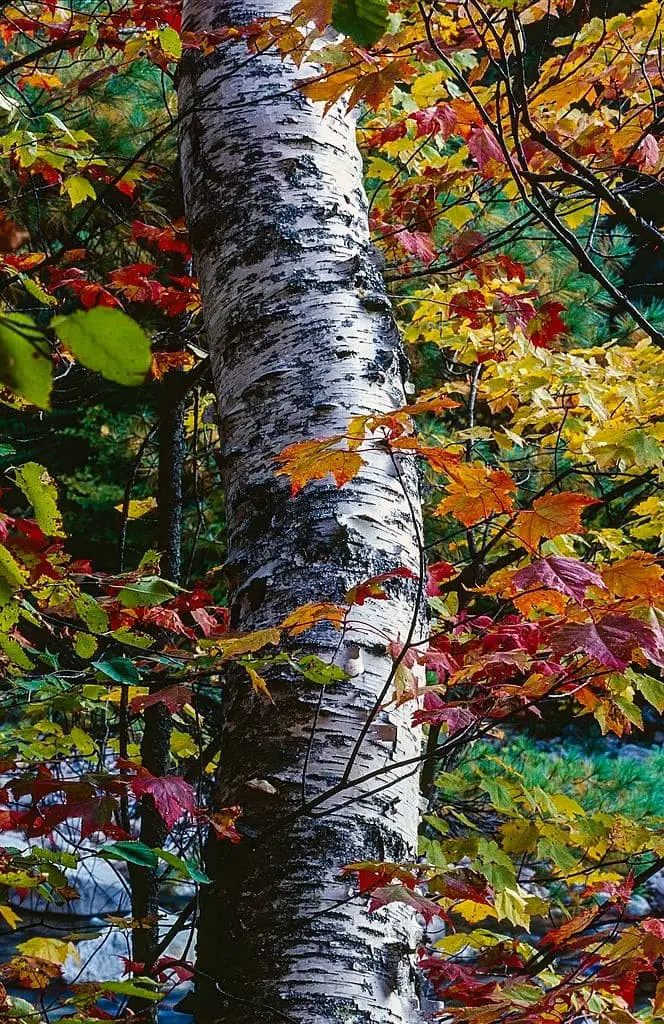
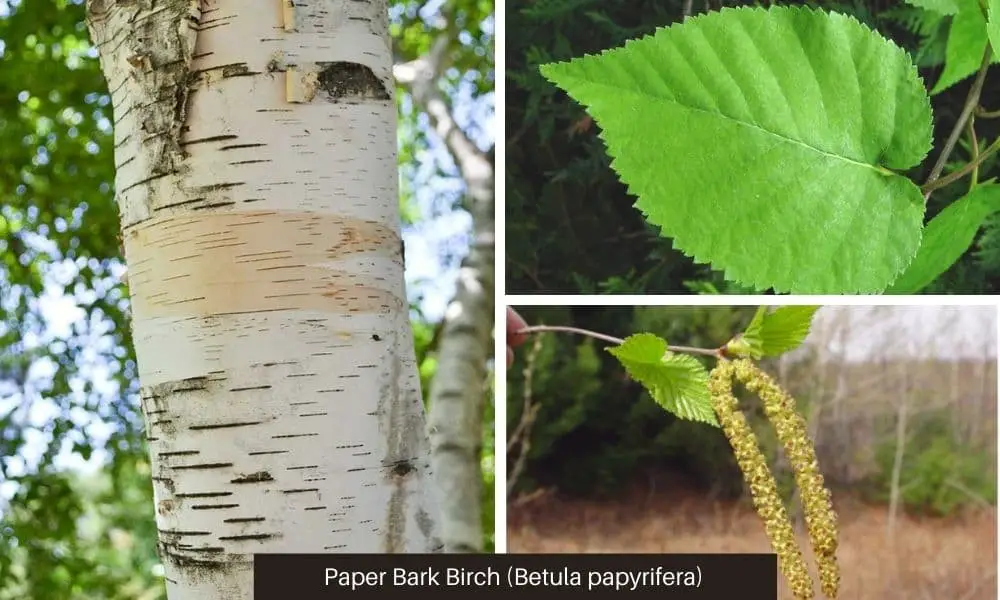
The Paper Birch, native to northern regions of the United States and Canada, derives its name from the unique characteristic of its bark peeling into thin, paper-like layers. In the fall, it produces bright yellow flowers that bloom in clusters, often growing as a solitary tree or forming dense clumps. Its height can range from 45 to 100 feet tall.
This versatile species is also known as the Canoe Birch due to its historical use by Native Americans for constructing canoes.
Additionally, its catkins provide a reliable food source for various wildlife. Notably, this variety of birch is resistant to the Bronze Borer, making it a resilient and valuable tree in many ecosystems.
River Birch (Betula nigra)
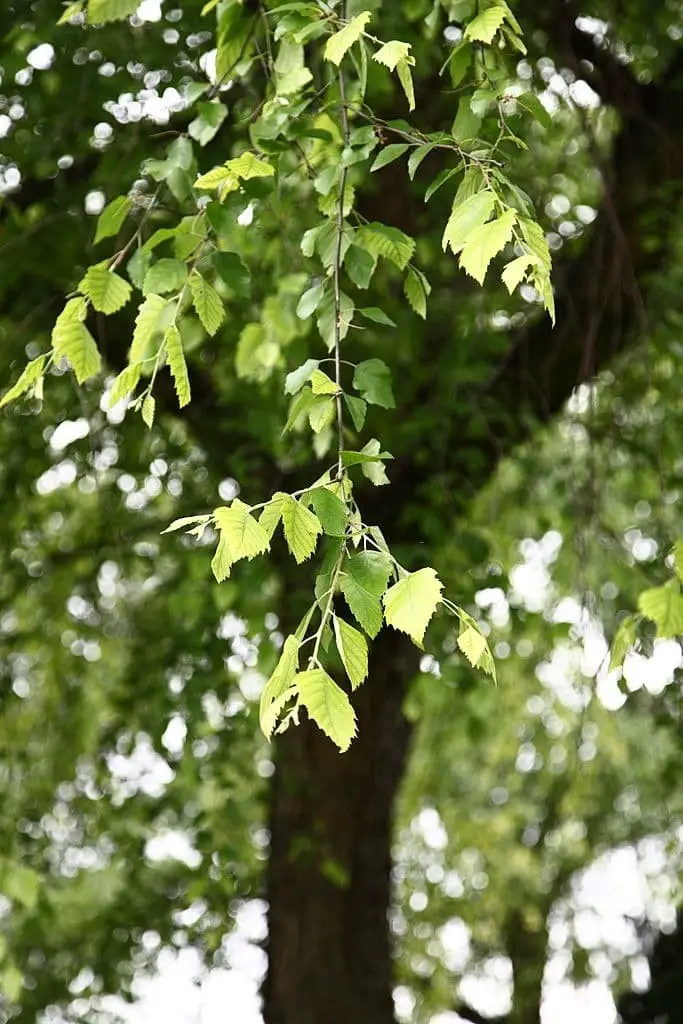
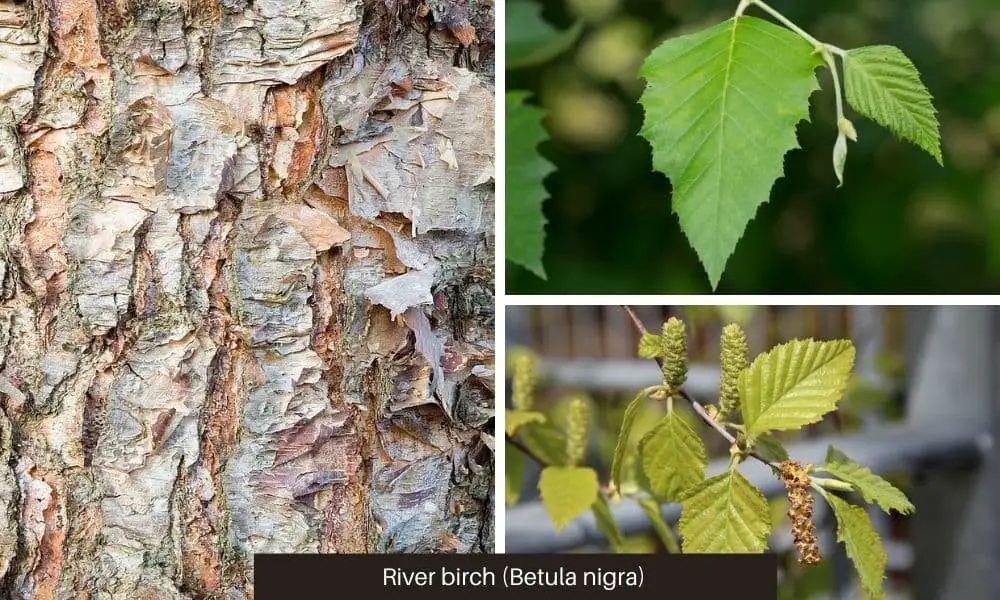
The white-barked birch has gained widespread popularity as a landscape tree, boasting versatility in its growth habits. It can thrive in either a clumping or single-trunked form. Its striking bark is characterized by a reddish-brown hue that gradually reveals layers of salmon pink as it exfoliates. The tree’s ovate leaves are typically dark green in color, but transform into a vibrant butter yellow during the fall season.
A notable advantage of this birch species is its ability to withstand heat and drought, growing up to 40-70 feet tall while exhibiting resistance to bronze borers. This hardiness makes it an attractive option for gardeners seeking low-maintenance yet visually striking trees.
Silver Birch (Betula pendula or B. verrucosa)
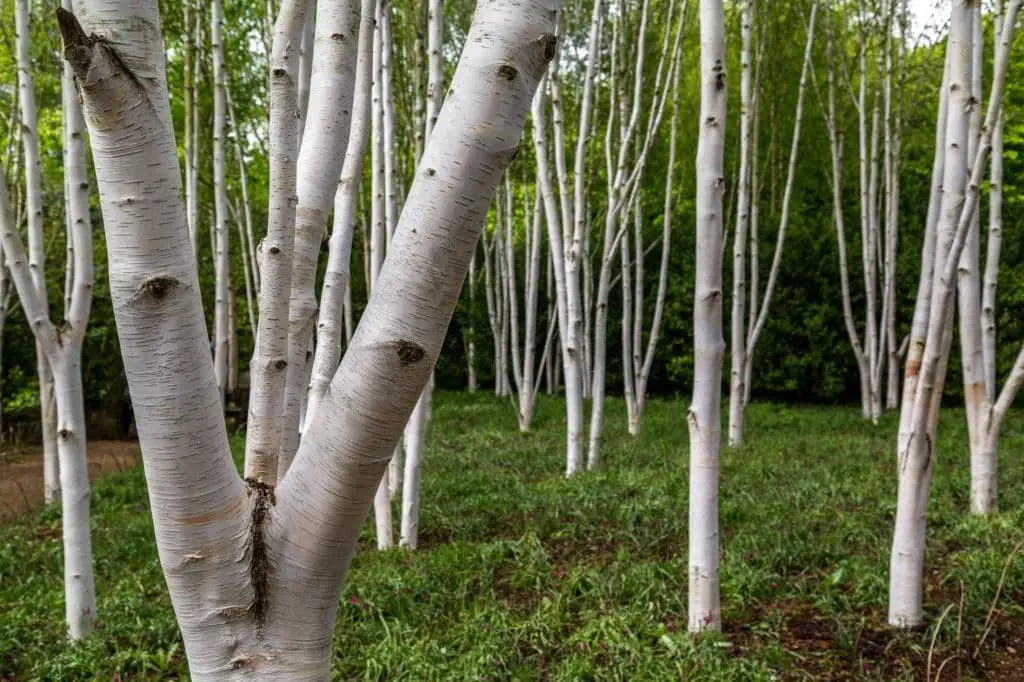
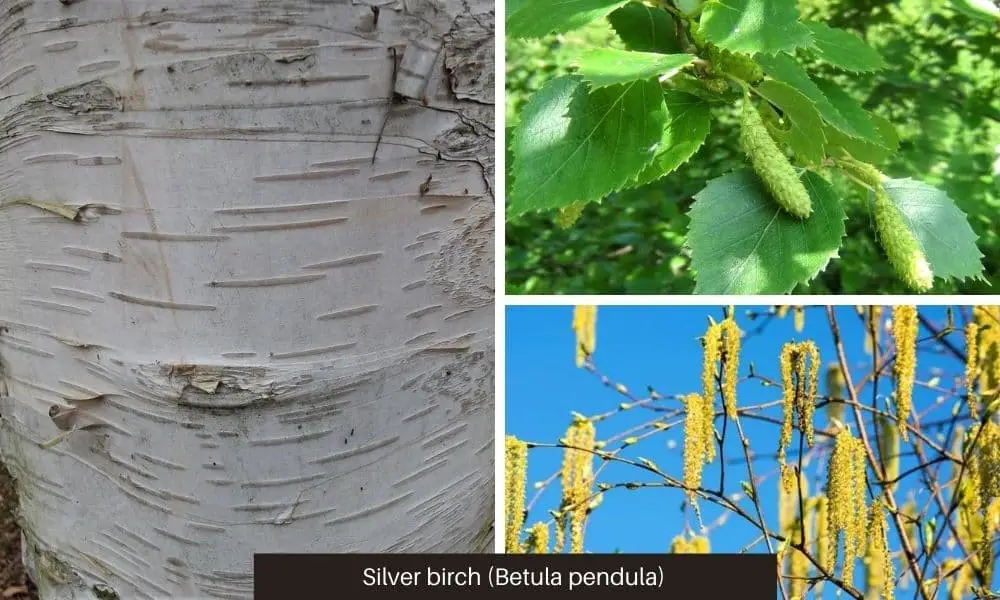
This birch tree stands out for its unique growth pattern, which begins as a pyramid and gradually transforms into a rounded shape at maturity. Characterized by its single trunk, white bark, and dark gray markings, the tree’s bark peels away in papery layers, revealing its intricate texture. Its ultimate height can vary depending on the cultivar, ranging from approximately 40 to 80 feet tall. A cool-climate enthusiast, this birch tree flourishes when planted in temperate environments.
However, it has a limited tolerance for warmer temperatures and is often susceptible to bronze birch borer infestations, which have contributed to its decline as a popular landscape choice.
Water Birch (Betula occidentalis or Betula fontinalis)

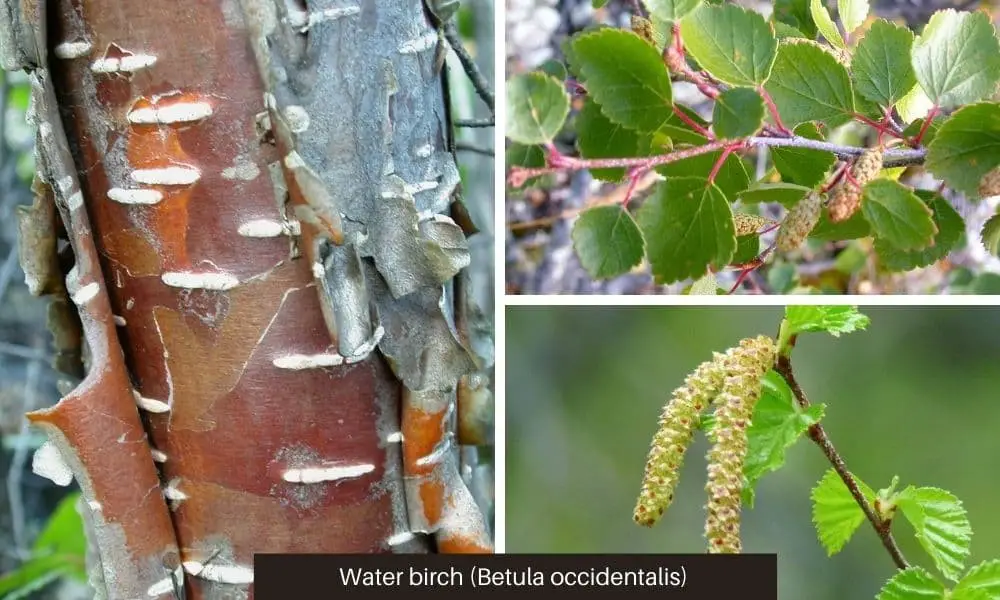
This birch species is particularly adapted to growing in streambanks within mountainous regions, where it forms dense clusters. Its distinctive feature is its relatively smooth bark, which has a rich cocoa brown color. Unlike other trees, this birch’s bark does not shed or peel, but rather features white dents scattered throughout.
It can grow up to 25-50 feet tall and plays a vital role as a source of lodge material for the North American beaver, while also serving as a food source for this iconic rodent.
Weeping Birches (Betula pendula var.)
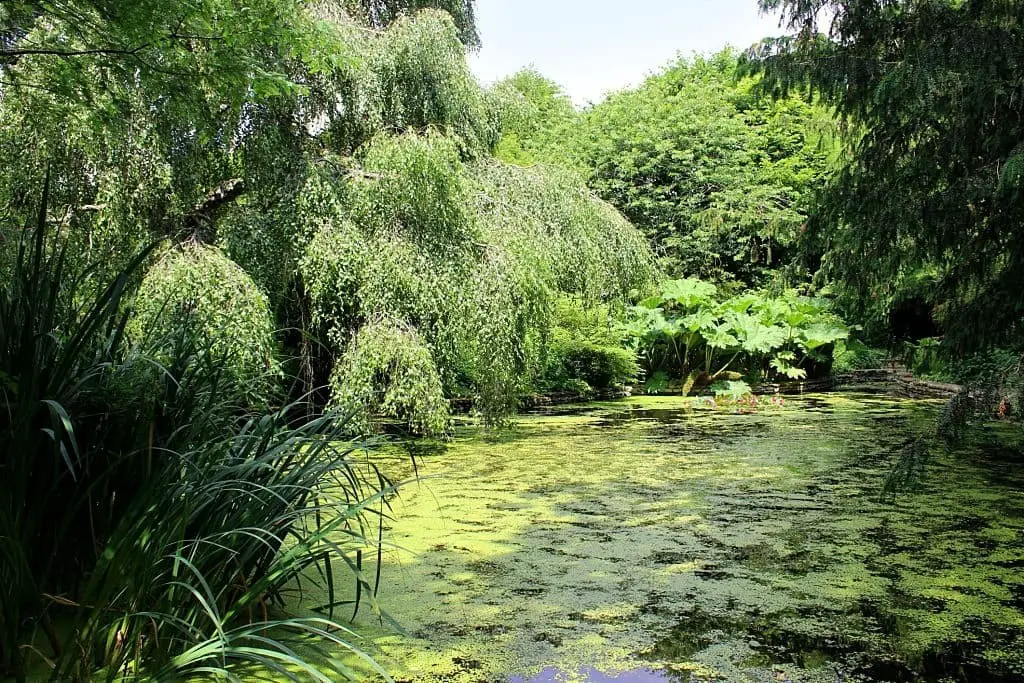
The Willow Oak’s unique characteristic is its drooping branch growth, which forms a pyramidal shape overall. Its dense foliage comprises heart-shaped leaves that provide a lush canopy. This majestic tree serves as a striking focal point in any landscape due to its impressive stature, showy catkins, and vibrant golden yellow fall color. Notable features include white bark and dark gray to black trunks and branches.
The cultivar can affect the tree’s mature height, which typically ranges from 40-70 feet.
Yellow Birch (Betula alleghaniensis)
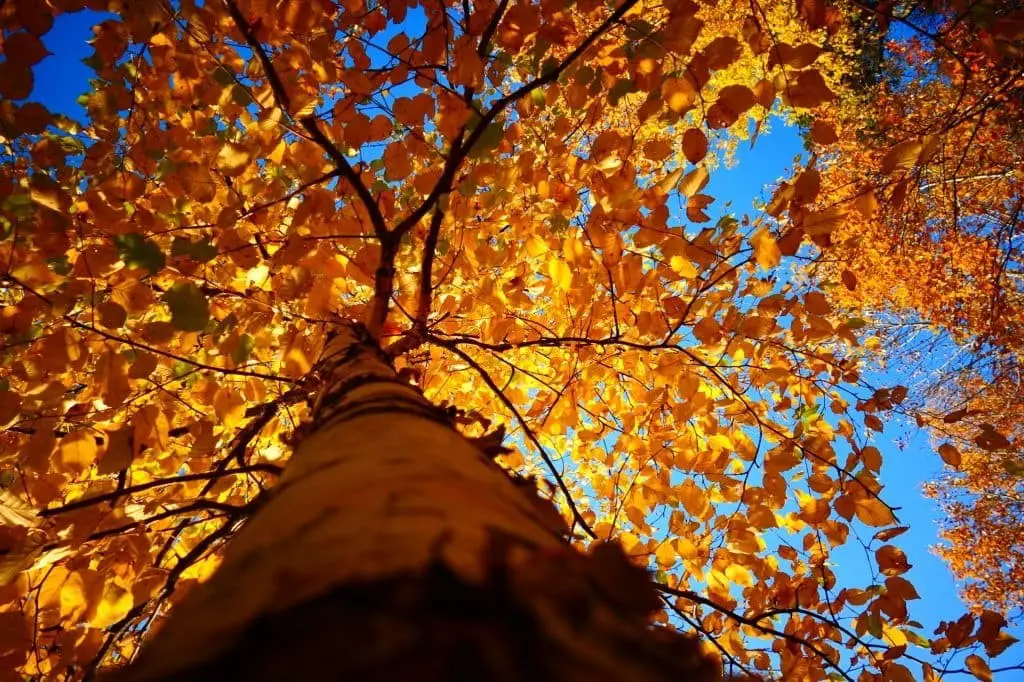
The birch tree with the longest lifespan, which can live for a remarkable 150 to 300 years, is characterized by its striking gold to bronzy yellow bark that peels off in horizontal strips. Its unique appearance is complemented by its solitary trunk growth habit. Interestingly, the sap of this tree can be tapped and used to create beverages with a flavor reminiscent of root beer.
Additionally, it’s considered one of the most important trees for lumber production in North America, providing crucial habitat and food sources for various wildlife species. On average, these trees grow between 40 to 80 feet tall.
Where do birch trees grow?
Birch trees are intrinsically linked to the colder climates of the northern hemisphere, where they’re a staple feature of winter landscapes in rural towns. This deciduous species is notoriously finicky about its environment, refusing to thrive in hot and dry conditions, windy locales, or areas with poor soil quality. Instead, it flourishes in moist, slightly acidic to alkaline soils, typically found within the hardiness zones of 2-6.
How to grow and care for birch trees
When it comes to birch tree care, there are certain fundamental requirements that apply across all types of birches. To keep your trees thriving, provide them with optimal growing conditions that include the right amount of light, soil, water, temperature, and humidity. For light, birches prefer full sun to dappled shade in colder climates. If planting as a border, ensure they receive shade from taller trees or place them in a highly shaded area.
The ideal soil for birches is cool and moist, with a slightly acidic pH. They can also tolerate rocky, sandy, and loamy soils, but it’s essential to maintain moisture levels. In terms of watering, birches may require frequent watering if planted alongside other plants competing for water resources. However, if they’re situated in natural habitats like streams, riverbanks, or ponds, reduce watering to once every three weeks.
When it comes to temperature and humidity, birches thrive in cool climates with long winters and cooler summers. It’s crucial not to overlook the importance of fertilization, as birches can become more susceptible to bronze birch borers if not properly nourished. Use a slow-release granular fertilizer applied beneath a layer of mulch during spring to keep your trees healthy. Pruning is another aspect to consider, although it’s not typically necessary for birches.
If you do choose to prune, avoid doing so between winter and spring to minimize messy sap spills on the trunk.
Birch trees pests and diseases
Birch trees, like all other trees, are vulnerable to various pests and diseases. To ensure proper maintenance and early interventions, it’s essential to familiarize oneself with these common birch tree afflictions.
The bronze birch borer is perhaps the most hazardous issue for birch trees. This pest attacks the trunk directly, disrupting sap flow and weakening the tree. A thinning crown or numerous wounds on the trunk are indicative of this disease.
On the other hand, the birch leafminer is a result of burrowing insect larvae that feed on nutrients within the trunk. It’s often identified by green spots appearing on leaves, which may progress to brown splotches if left untreated. Although it won’t kill the tree, it can significantly disfigure and weaken it.
Other pests and diseases that compromise birch trees include European or common aphids, scorch, heart rots, and cankers.
How long do birch trees live?
While the average lifespan of birch trees is approximately 40 years, it’s worth noting that certain species can significantly outlive this average. For instance, paper birch has been known to thrive for up to 70 years, while sweet birch can live for as long as 250 years. The yellow birch, meanwhile, boasts a remarkable lifespan of 150-300 years, making it one of the longer-lived birch tree varieties.
Why do birch trees have black streaks on their trunk?
Birch trees’ distinctive black streaks, known as lenticels, play a crucial role in photosynthesis. These unique features allow for gas exchange between the air and the tree’s bark, facilitating the process of turning sunlight into energy. Notably, the number of lenticels on a birch tree’s trunk can serve as an indicator of its growth rate. A higher concentration of these markings typically correlates with increased maturity and a greater growth rate.
Which birch tree has the whitest bark?
The Himalayan birch’s unique characteristic is its strikingly white bark, which remains unchanged even after reaching maturity – a distinctive feature that sets it apart from other birch trees. This remarkable trait makes it a standout element in winter landscapes, where it can serve as the focal point of visually stunning compositions.
Birch Trees vs Aspen Trees
While birches and aspens are often mistaken for one another due to their similar autumn hues, they possess distinct characteristics that set them apart. The bark of a birch tree gradually lightens and peels as it matures, whereas an aspen’s bark remains rough and doesn’t shed its layers. Furthermore, the leaves of these trees exhibit different shapes and textures: birches have ovate leaves with serrated edges, while aspens boast rounder leaves with finer tooth-like margins.
In terms of height, birch trees typically reach an average of 40-50 feet, whereas aspens can grow up to 20-80 feet tall. The root systems of these trees also differ significantly: birches have shallow roots, whereas aspens possess deep and aggressive root structures that aid in their regeneration. Additionally, the climate requirements for each species vary, with birches thriving in Hardiness Zones 2-6 and aspens preferring zones 2-8.
Interestingly, both trees can regenerate from sprouts found in their roots and trunks.
Where to buy birch trees?
When it comes to purchasing birch trees, aside from the Chinese red birch variety, local nurseries are a great place to start. Online, you can also explore a range of options, including Nature Hills, The Tree Center, McKay Nursery, Arbor Day, Wilson Bros Gardens, Bower and Branch, Cold Stream Farm, and Bark Canoe. Additionally, Tree Plantation is another reliable source for buying birch trees online.
Conclusion
Birch trees stand out in any garden due to their distinctive, pale-colored bark that peels away, revealing a new layer beneath. Their ability to provide shade, striking appearance, and remarkable longevity have earned them a special place in many landscapes. With minimal maintenance requirements when planted in suitable soil and climate conditions, birch trees are an attractive choice for homeowners.
Beyond their aesthetic appeal, birch trees also hold symbolic significance in many northern hemisphere countries, where they’ve been imbued with meaning and cultural importance. Moreover, the tree’s wood is highly valued in industries such as woodworking, lumber, and wildlife conservation. It’s used to create delicacies, syrups, and other products that contribute to preserving cultural traditions.
Considering all their qualities, birch trees are an excellent option for incorporating into your home landscape.
Related Posts
Discovering the vast array of online plant nurseries is a thrilling experience. From the majestic apple trees to the evergreen varieties that thrive under careful cultivation, the options are endless. For those seeking a career in tree care, the path to becoming an arborist requires dedication and a passion for nurturing nature’s wonders.
Properties can benefit significantly from the presence of trees, which not only enhance their aesthetic appeal but also provide numerous environmental benefits. On the flip side, strategically removing certain trees can also elevate a property’s charm. Meanwhile, enthusiasts of the lady palm (Rhapis excelsa) will appreciate the tips and care advice shared to help them cultivate these elegant plants in their own gardens.
Furthermore, organic blueberry plant cultivation is another exciting area where home gardeners can experiment and reap the rewards.






